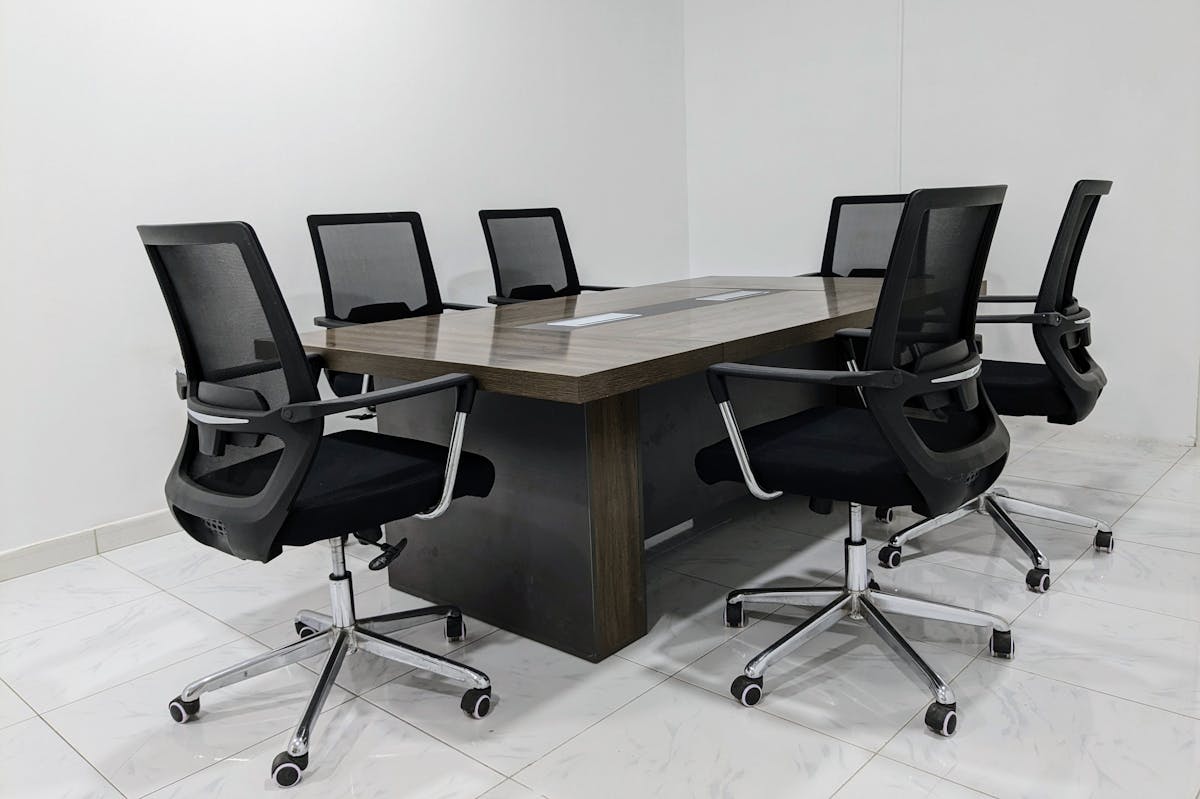Have you ever noticed how much your chair impacts your workday? Whether you’re sitting in an office, at home, or in a shared workspace, the comfort and support your chair provides (or doesn’t) can make or break your productivity. It’s easy to underestimate, but the truth is that the right chair can significantly boost how you feel and how well you perform throughout the day. This is where ergonomic chairs come in—and they’re not just a trend. These chairs are built to improve the way you work, starting from your posture all the way to your efficiency.
What Are Ergonomic Chairs?
An ergonomic chair is designed with human anatomy in mind. It’s built to support your body, specifically your spine, in ways that reduce strain and discomfort, allowing you to work more comfortably and efficiently. The key difference between ergonomic chairs and standard office chairs is the level of adjustability and the focus on promoting good posture.
Think of it this way: refurbished ergonomic office chairs are customized to fit your body, with features that you can adjust according to your height, weight, and sitting style. They help distribute weight evenly and encourage natural body movement, preventing fatigue and discomfort over long periods of sitting.
Why Ergonomics Matter for Productivity
You might be wondering, “Can a chair really make that much of a difference to productivity?” The answer is a big yes! Here’s why.
Poor seating can lead to discomfort, muscle strain, and even chronic pain. When your body is in discomfort, your mind follows, making it harder to focus and stay engaged with your tasks. On the flip side, an ergonomic chair reduces physical stress, freeing up your mental space to focus on what truly matters—getting things done.
Here’s how ergonomic chairs make a difference:
- Reduced Discomfort – A chair that provides proper support minimizes back pain, neck strain, and discomfort in other areas like your wrists and legs. Without those distractions, it’s easier to stay focused.
- Encouraged Movement – Ergonomic chairs allow for adjustments that promote movement. Whether you’re leaning back to think or shifting your posture, small movements keep your blood flowing and your brain sharp.
- Better Posture – Poor posture is one of the leading causes of productivity loss, as slouching can make you feel more tired than you actually are. An ergonomic chair encourages a natural spine alignment, keeping you upright and alert.
- Increased Energy Levels – Sitting with proper support takes less energy from your body. You won’t find yourself slumping over your desk or feeling drained after just a few hours of work.
The Features of a Good Ergonomic Chair
Now that you understand why ergonomics are so important, let’s dive into what makes a chair truly ergonomic. Not all chairs that claim to be ergonomic actually offer the support you need, so knowing what to look for is key. The following five features are essential:
- Adjustable Seat Height – One of the most basic but important features of an ergonomic chair is seat height adjustment. A good chair allows you to position your feet flat on the floor with your thighs parallel to the ground.
- Lumbar Support – Proper lower back support is crucial for preventing back pain. A quality ergonomic chair has adjustable lumbar support that fits the natural curve of your spine.
- Seat Depth and Width – Everyone’s body is different. An ergonomic chair should have an adjustable seat depth, allowing you to sit comfortably with your back against the chair while leaving 2-3 inches between the back of your knees and the seat.
- Backrest Recline – A chair that allows you to recline lets your spine rest in a natural position. Being able to lean back while still maintaining support is important for reducing stress on your lower back.
- Armrest Adjustments – Your arms should rest comfortably with your shoulders relaxed. Adjustable armrests ensure you don’t have to hunch over your desk, leading to less shoulder and neck strain.
How Ergonomic Chairs Improve Health and Reduce Absenteeism
Aside from the immediate boost to productivity, ergonomic chairs can have long-term health benefits. Sitting in a poorly designed chair for hours on end can contribute to a variety of health issues, including back pain, neck tension, and even carpal tunnel syndrome. Over time, these issues can lead to time off work, which directly impacts productivity.
Also Read: Home Office Essentials for a Comfortable Workspace
By investing in ergonomic chairs, employers can reduce absenteeism caused by workplace-related discomfort or injury. Healthier employees are happier and more likely to stick around, resulting in a lower turnover rate and a more consistent workforce.
Financial Benefits of Ergonomic Chairs
While ergonomic chairs may seem like an investment upfront, they actually save money in the long run. How? Simple—fewer health issues mean fewer healthcare costs, less downtime, and better overall productivity.
Think about it: if your team is less likely to suffer from back pain or repetitive strain injuries, they’ll spend less time visiting doctors and chiropractors, and more time focused on their work. Additionally, ergonomic chairs tend to last longer due to their higher-quality materials and construction, making them a smart long-term investment for businesses.
Making the Switch: Things to Consider
If you’re thinking about upgrading your workspace with ergonomic chairs, here are a few things to keep in mind:
- Assess Your Needs – Not all chairs fit all body types or work environments. Consider your height, weight, and the kind of work you do when selecting a chair.
- Test Before You Buy – If possible, try out a few different models before making a decision. It’s the best way to ensure a chair is the right fit for you.
- Look for Certifications – Some chairs are certified by organizations like the American Chiropractic Association. While this isn’t a necessity, it can give you peace of mind knowing the chair has been vetted for its ergonomic features.
Final Thoughts
Investing in ergonomic chairs isn’t just about comfort—it’s about productivity, health, and overall workplace satisfaction. A small change in the way you sit can make a world of difference to how well you work. So, if you’ve been on the fence about making the switch, consider the long-term benefits, both for your body and your workflow. Isn’t it time you gave yourself the support you deserve?









